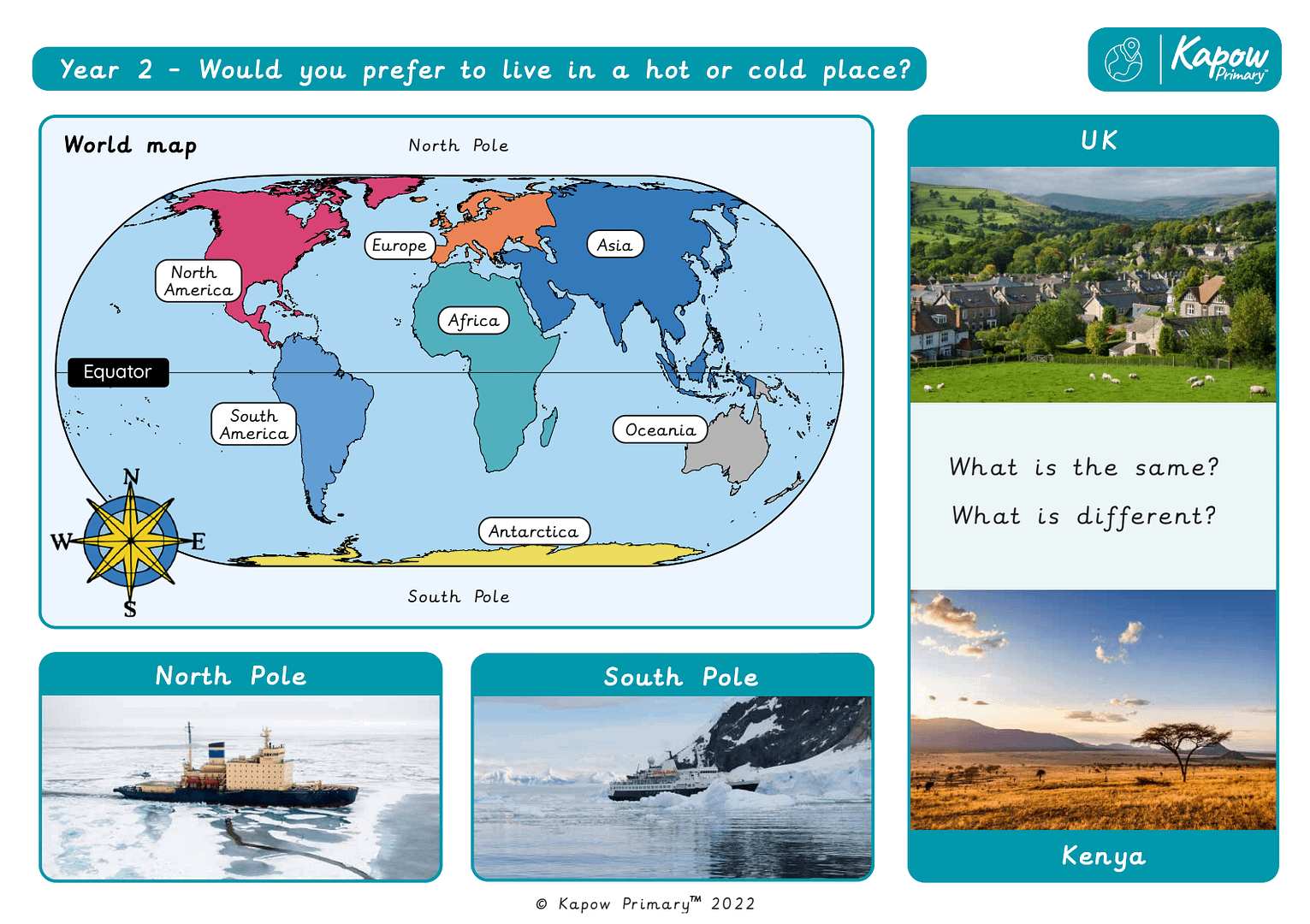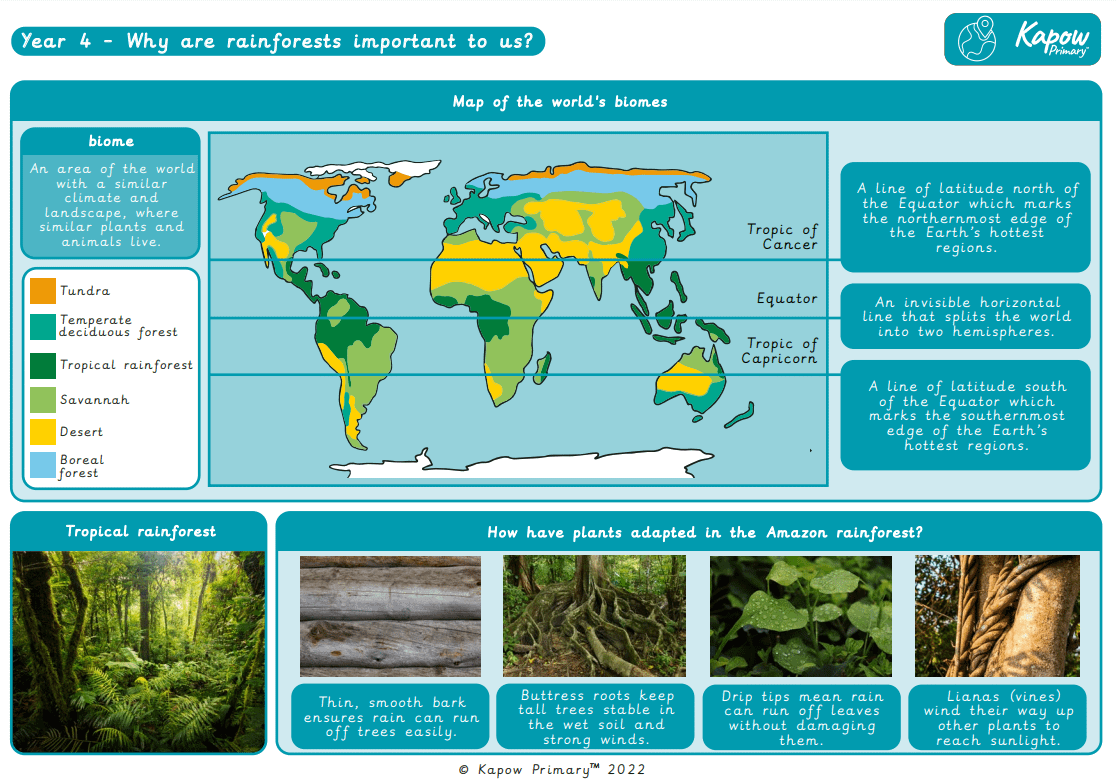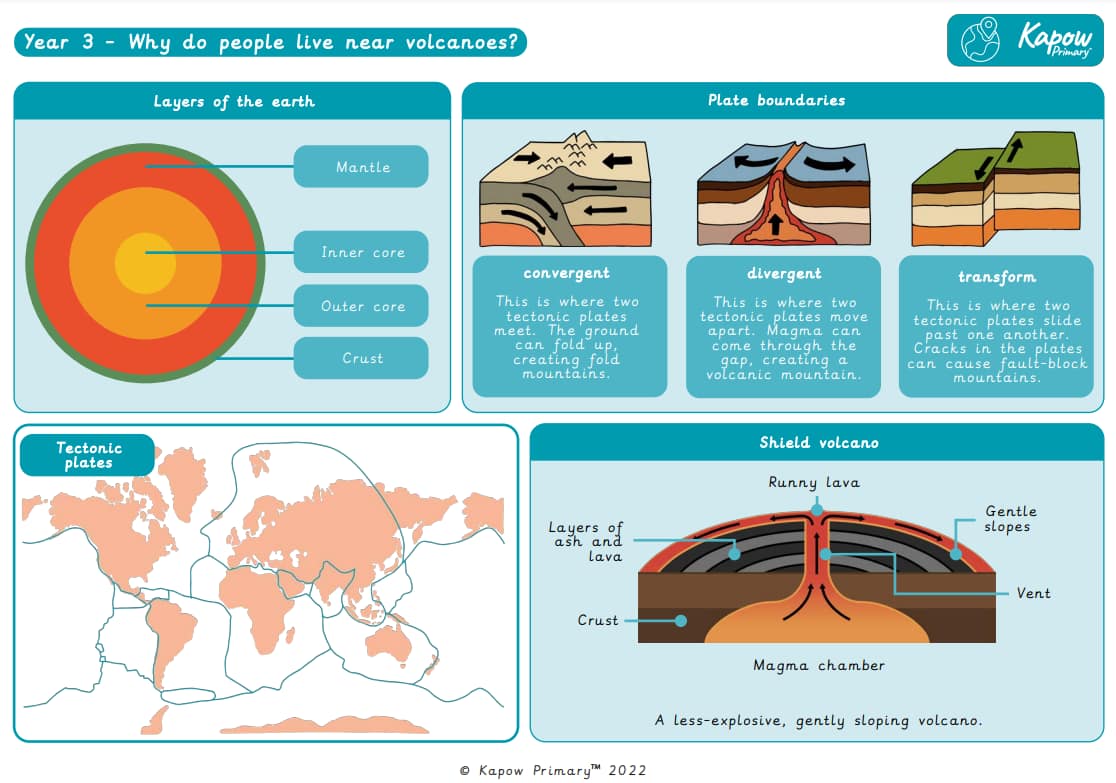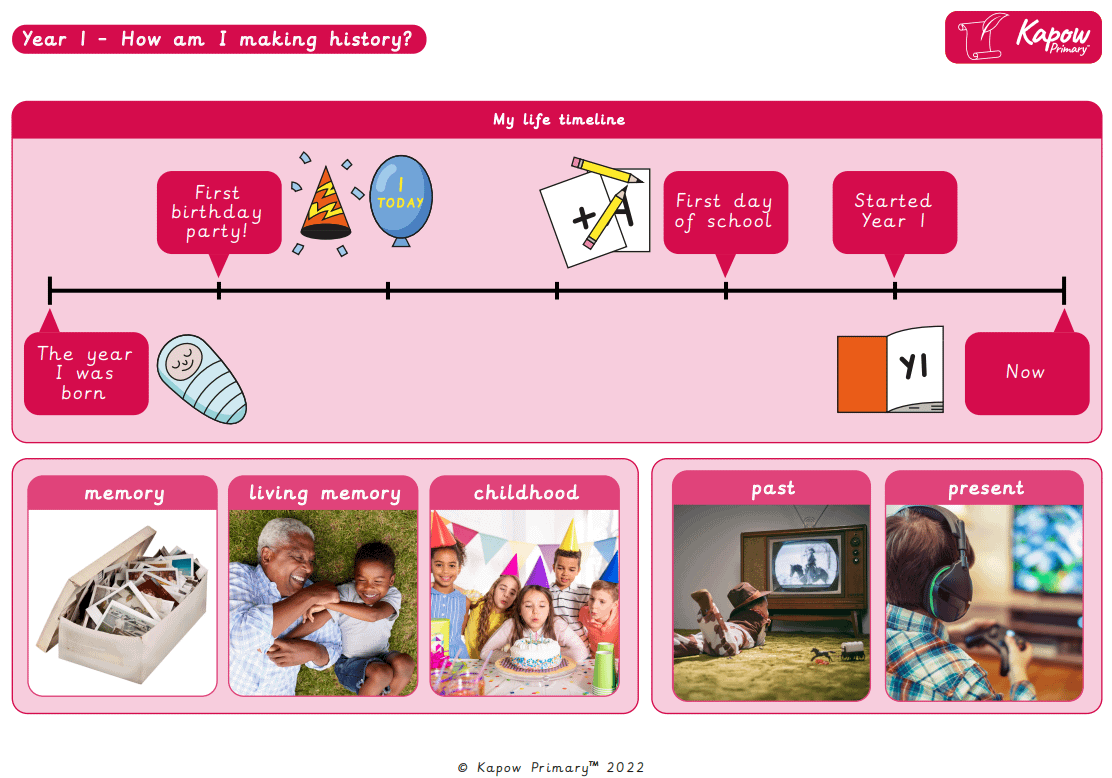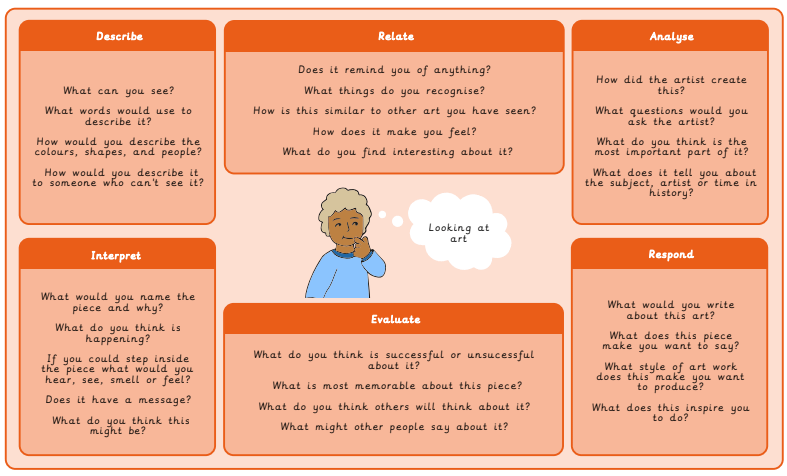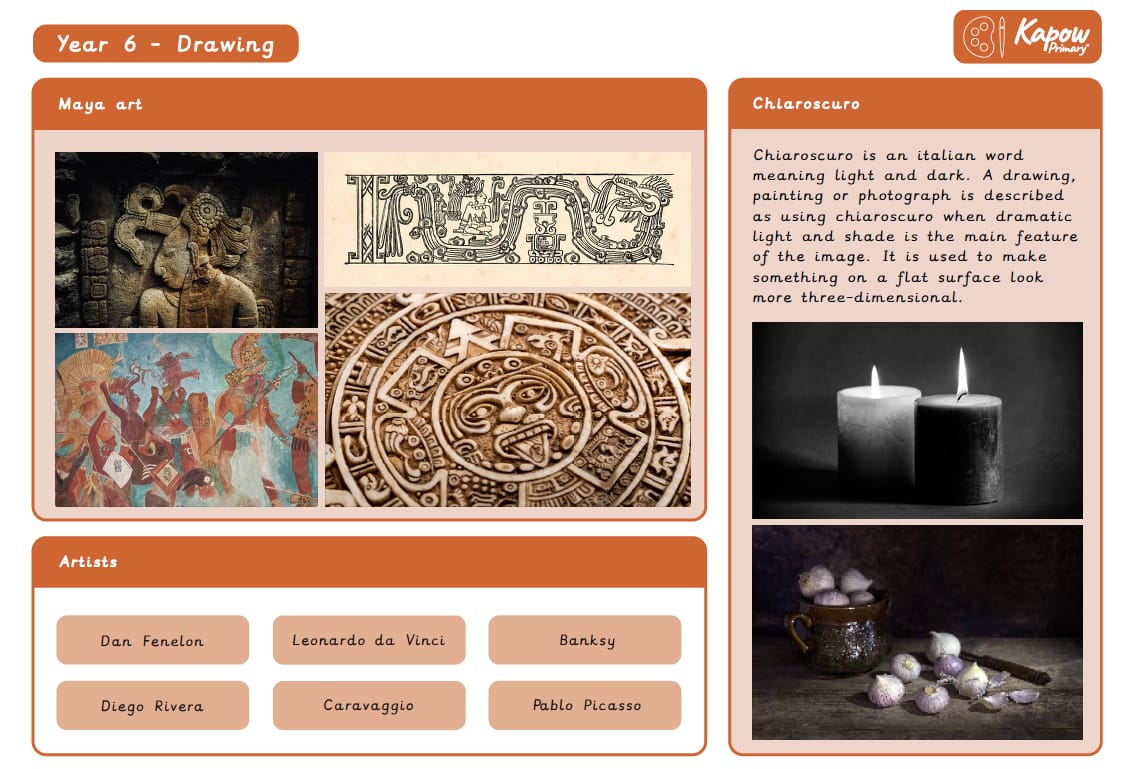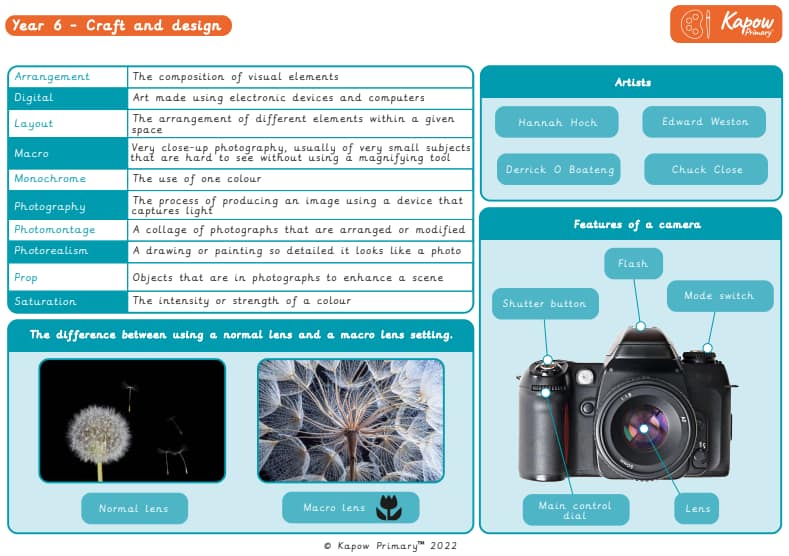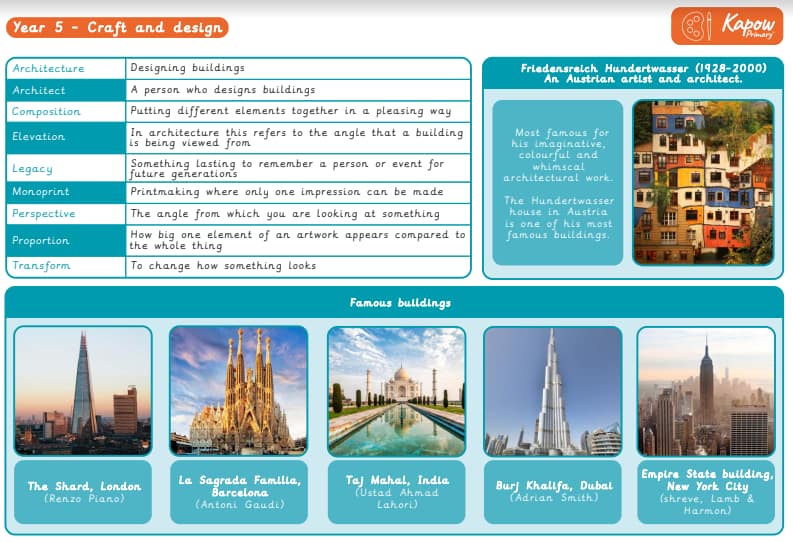Teaching resource: Knowledge organiser
Knowledge organiser: Geography – Y4 Why are rainforests important to us?
Knowledge organiser: Geography – Y3 Why do people live near volcanoes?
Knowledge organiser – History Y1: How am I making history?
A Knowledge organiser that captures the essential knowledge and skills learnt throughout the unit History, Year 1, How Am I Making History?
This History resource is designed to support the pupils as they explore personal history and how their experiences contribute to the past. It introduces key vocabulary such as past, present, timeline, memory, and family, helping the pupils understand how events in their lives shape history. The pupils will also learn how to sequence events chronologically and recognise the importance of personal and family history.
Knowledge organiser – History Y3: Would you prefer to have lived in the Stone Age, Bronze Age or Iron Age?
Knowledge organiser: Art & design – Y6 Painting and mixed-media
Knowledge organiser: Art & design – Drawing: Making my voice heard
Knowledge organiser: Art & design – Y6 Craft and design
Knowledge organiser: Art & design – Y5 Craft and design

